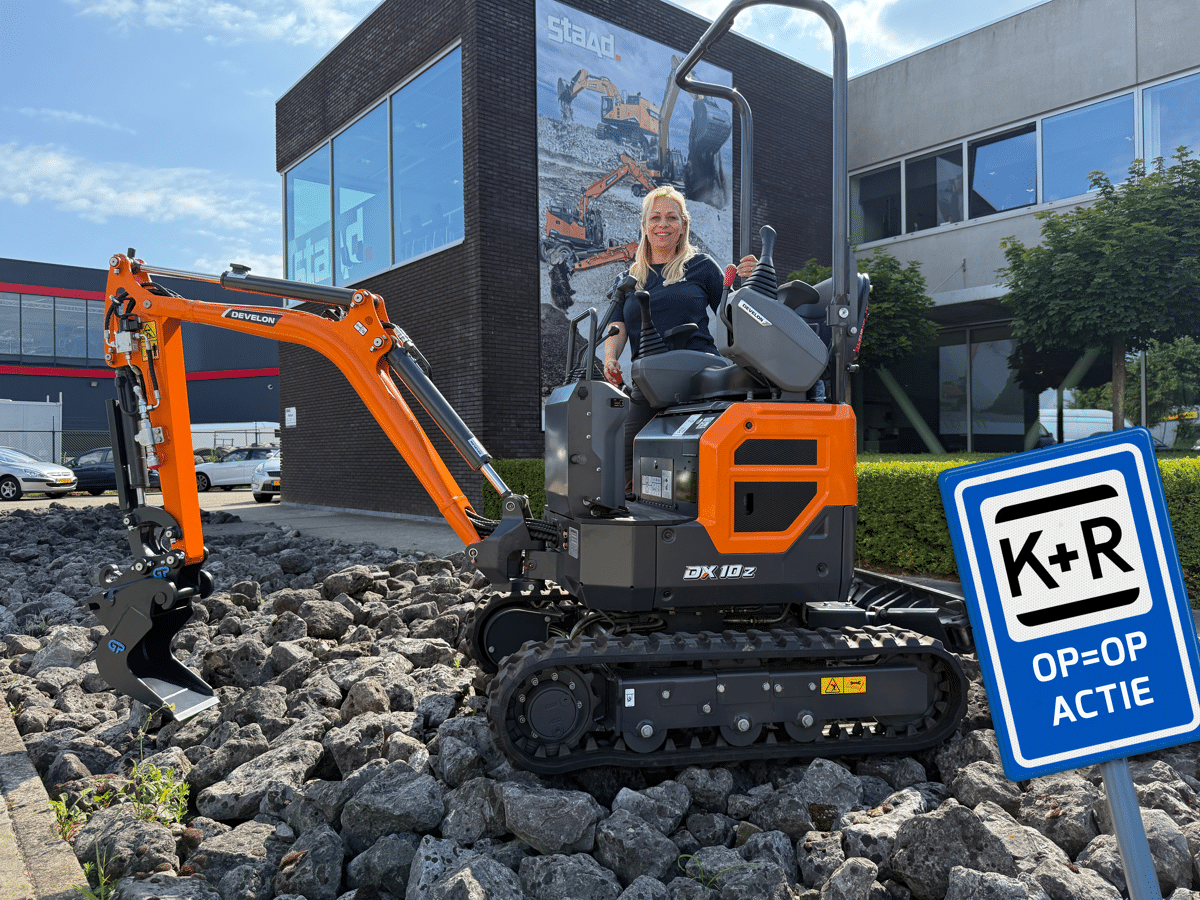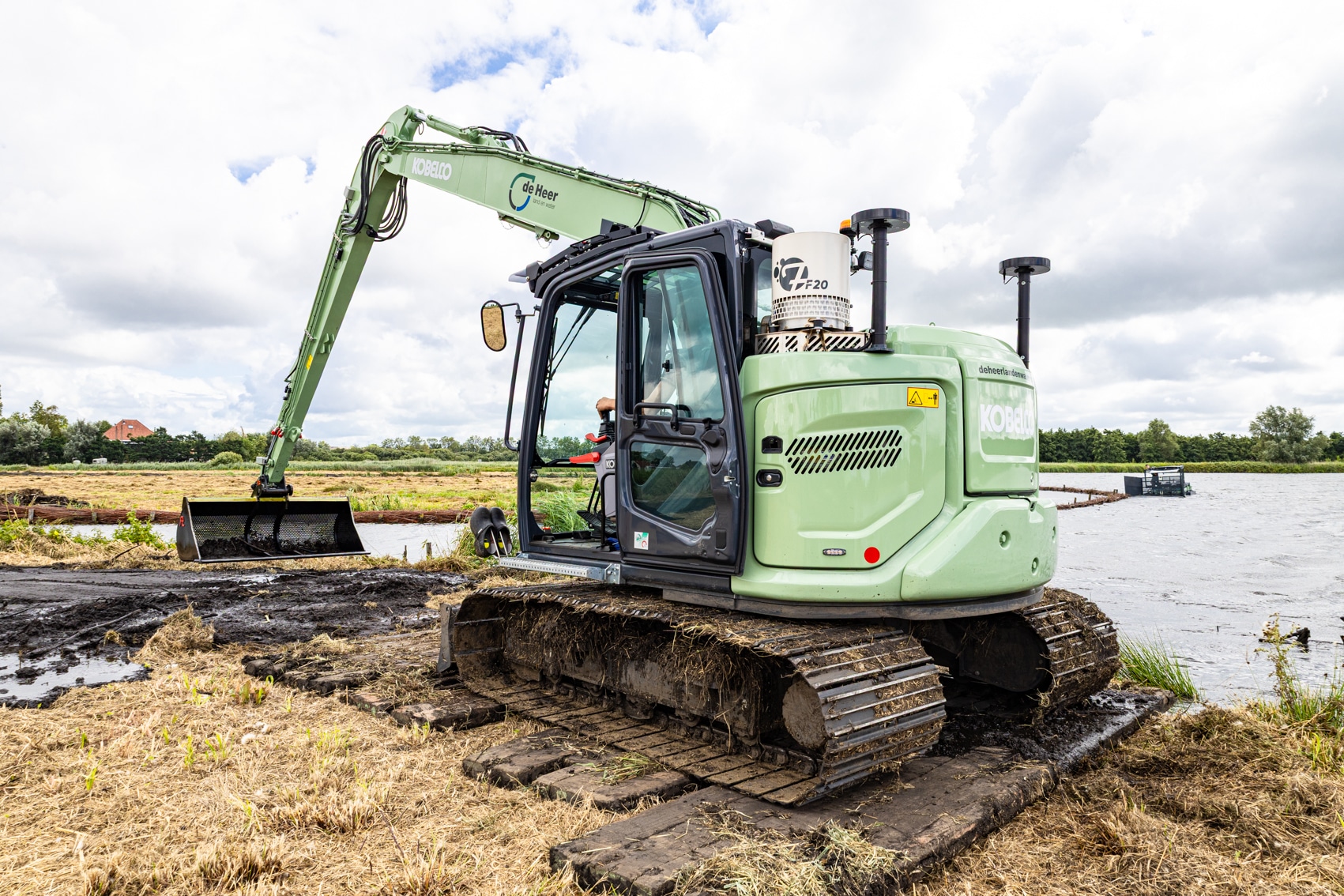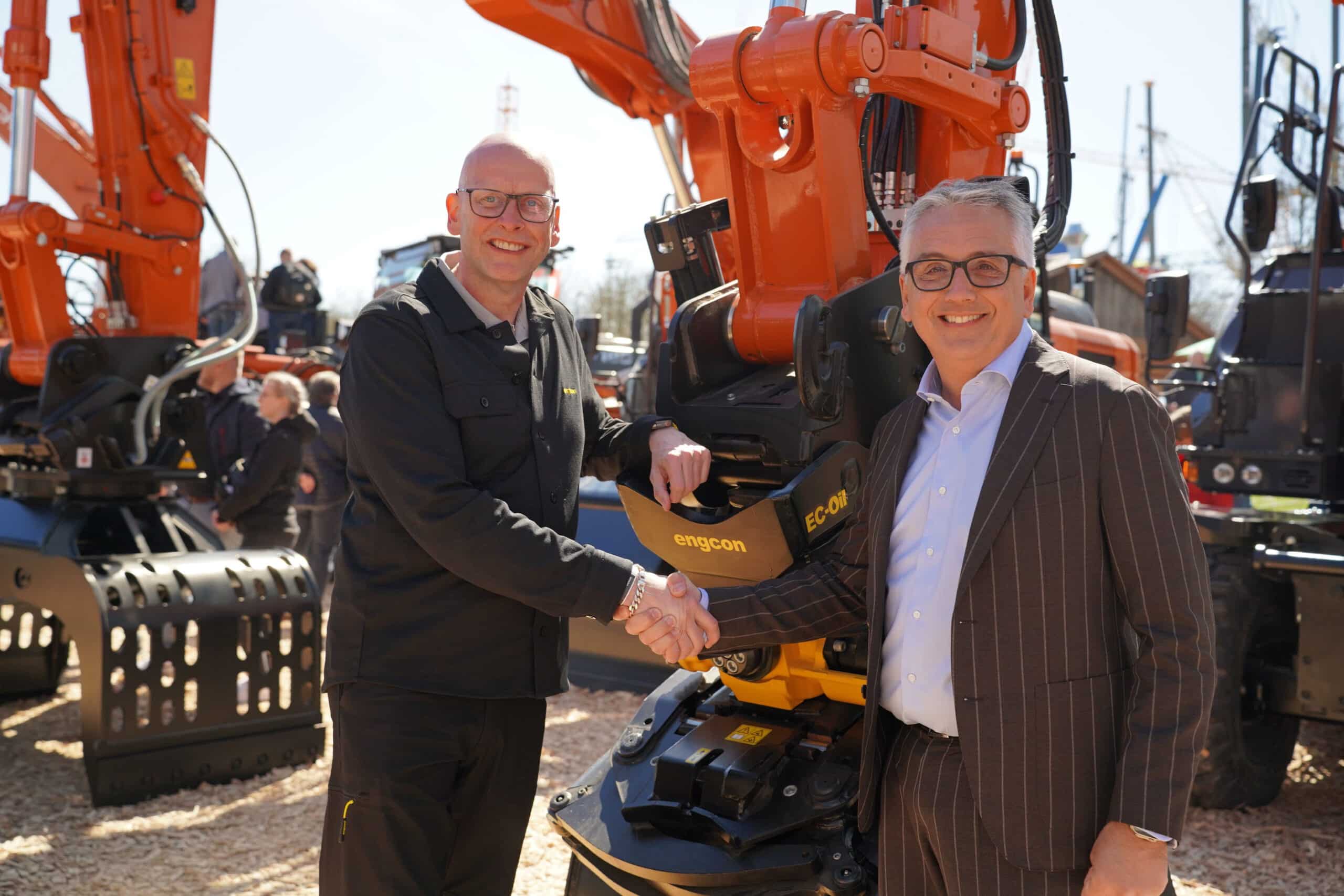
Markermeer dikes: from sea dike to lake dike
The Markermeer dikes are traditionally a sea dike. Since the Afsluitdijk was constructed in 1932, they are actually a lake dike. Never mind that they perform an incredibly important function, especially from the threat of the major rivers. And that requires a completely different profile than a typical sea dike, according to Rob Veenman, high water board at the Hollands Noorderkwartier Water Board. All in all, quite a challenge given the monumental status of the Markermeer dikes.
As high water board at the Hoogheemraadschap Hollands Noorderkwartier, Rob Veenman is portfolio holder for Water Safety and thus responsible for the safe living, working and recreation below sea level of 1.2 million North Hollanders. "Of the 45 kilometers of dike between Hoorn and Amsterdam, 33 kilometers must be improved. A long distance and, given the spatial planning across both a rural and urbanized area, a complicated process. Not to mention the incredibly difficult subsoil. That makes the reinforcement task, which is part of the national High Water Protection Program (HWBP) for dike reinforcements, an enormously complex operation."
Non-traditional form of procurement
Ten years ago, the route between Enkhuizen and Hoorn was addressed. "Based on those experiences, we argued for a different approach for the current route," says Veenman. "Work is now being done from the water as much as possible to minimize social disruption. Despite the gigantic operation, the inconvenience to local residents is now relatively limited. So far, the implementation is also going almost without a hitch. It is due in part to the unique form of cooperation in alliance form. With this non-traditional form of tendering, we as the Water Board have already gained quite a lot of experience in recent years. We have already completed several large projects under the HWBP, such as the Hondsbossche and Pettemer Zeewering and the Prins Hendrikzanddijk on Texel. If you find that a project is extensive and complex for various reasons, it is almost essential to embrace other forms of procurement. The alliance form in which public and private parties work together works extremely well here on Markermeer Dikes. You see that from the very beginning, the knowledge and experience of private parties form an important basis for the planning and execution of the project."

Monumental status
Despite the operation being conducted largely from the water, Veenman says it was still quite a job to get local residents "on board. "That a sea dike has to be reinforced, everyone can imagine. The urgency of reinforcing a lake dike is generally felt a lot less. It produces a different social discussion. So we reinforce the Markermeer dikes not from the threat of the sea, but from the threat of the large rivers. A sea dike has to deal with short periods of ebb and flow and generally has a somewhat steeper profile than most lake dikes. With a lake dike like the Markermeer dikes, the water can be high for long periods of time. Suppose it rains heavily and for a long time at our eastern neighbors and there is a northwestern storm at sea. The Maeslantkering is closed and it is impossible to discharge through the Afsluitdijk. Because the rivers discharge a lot of water into our delta, the IJssel and Markermeer lakes fill up. That high water scenario calls for a very stable dike instead of a steep dike. This is also why we are not going to raise the dikes in most places, but stabilize them internally and externally. In fact, it implies that we are going to build another type of dike, a lake dike with the appearance of a sea dike because of its monumental status. That only makes the work more complex."
Besides transforming the Markermeer dikes into lake dikes, we also manage to make it a very beautiful and socially responsible dike project. "Projects that fall within the HWBP must be realized soberly and efficiently," Veenman acknowledges. "However, as Hoogheemraadschap Hollands Noorderkwartier, we have ample consideration for non-waterboard aspects that have a broader social significance. That leads to a number of nice co-opportunities, such as plenty of room for nature development and cultural-historical values, but also the construction of bicycle paths, recreational facilities and a real city beach near Hoorn. And we are quite proud of that," Veenman concludes.



